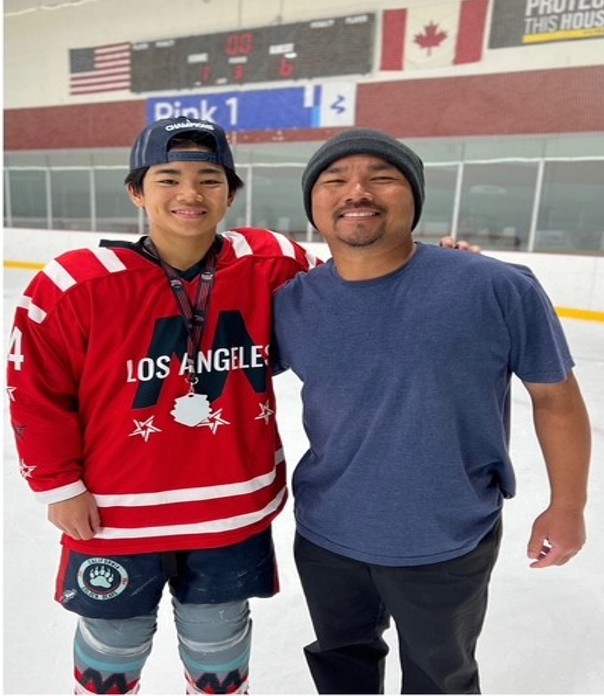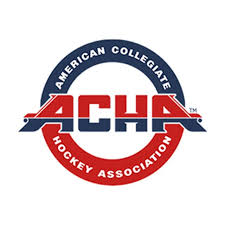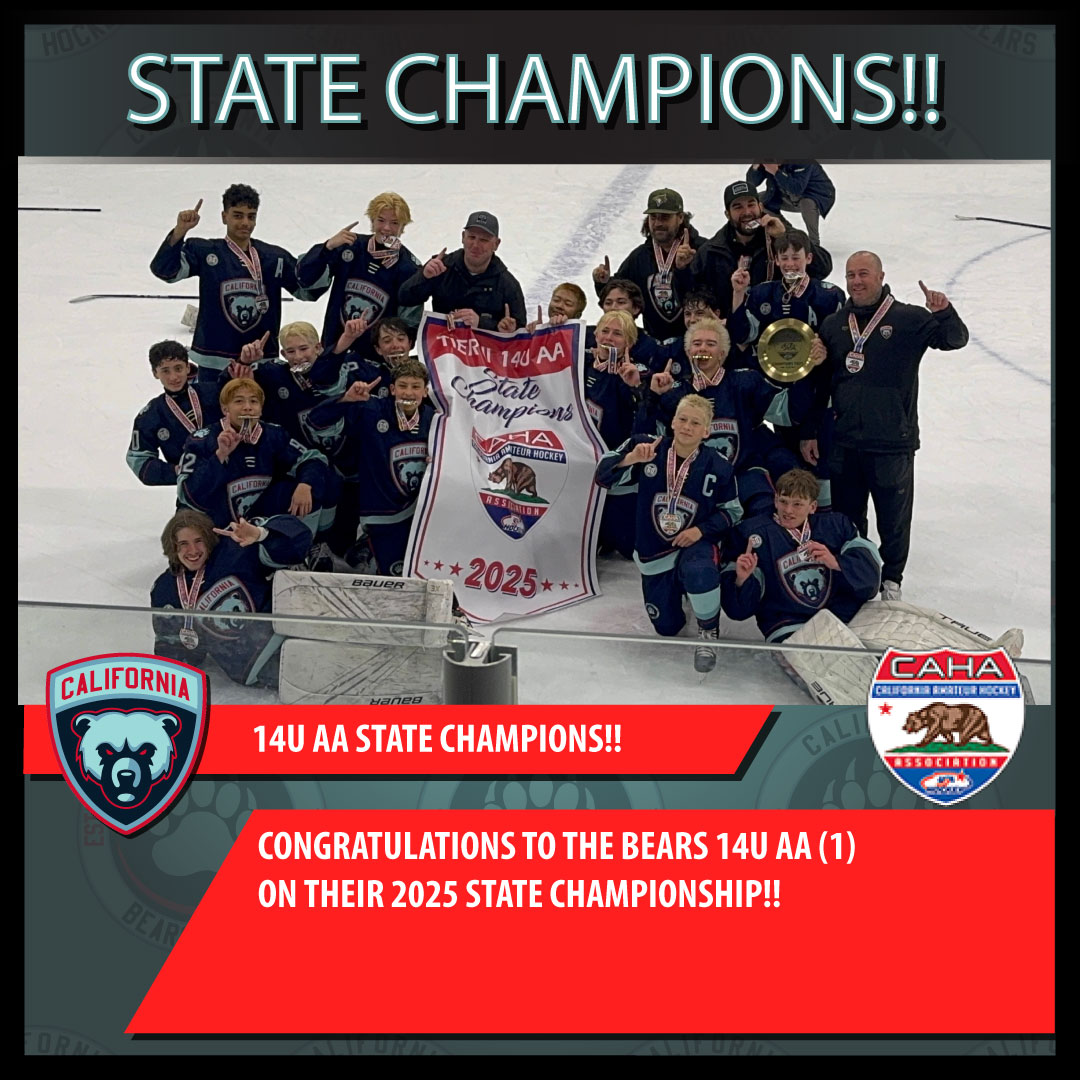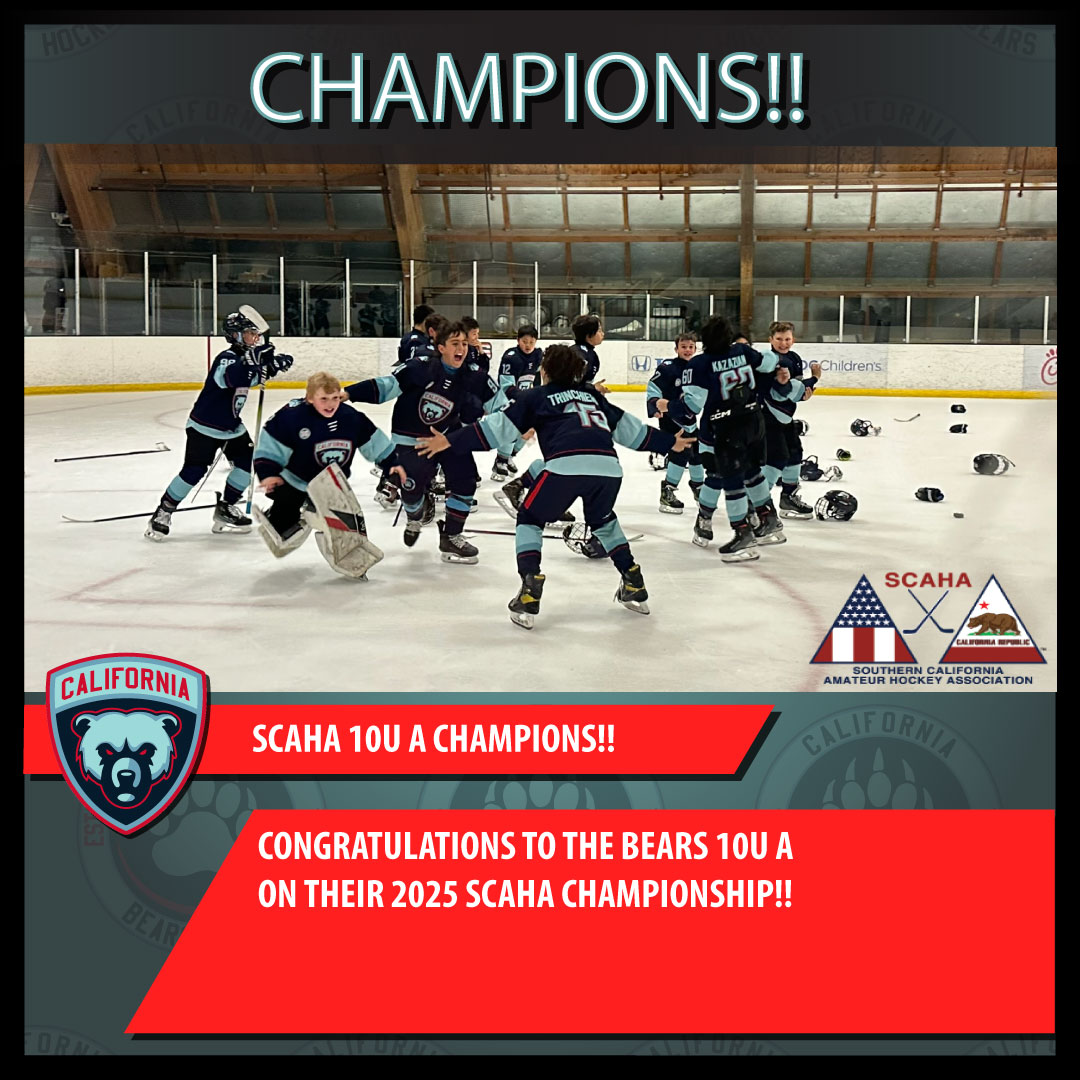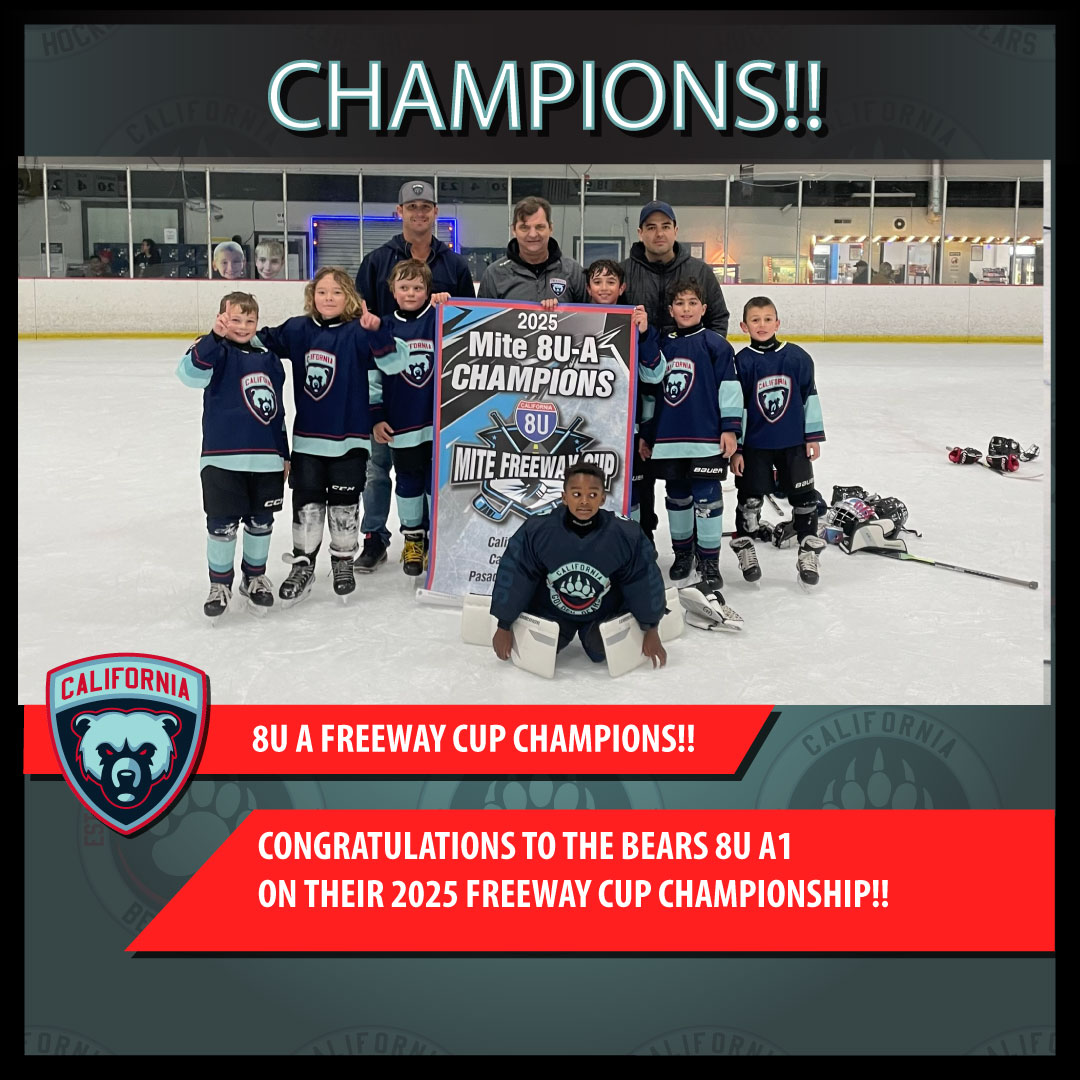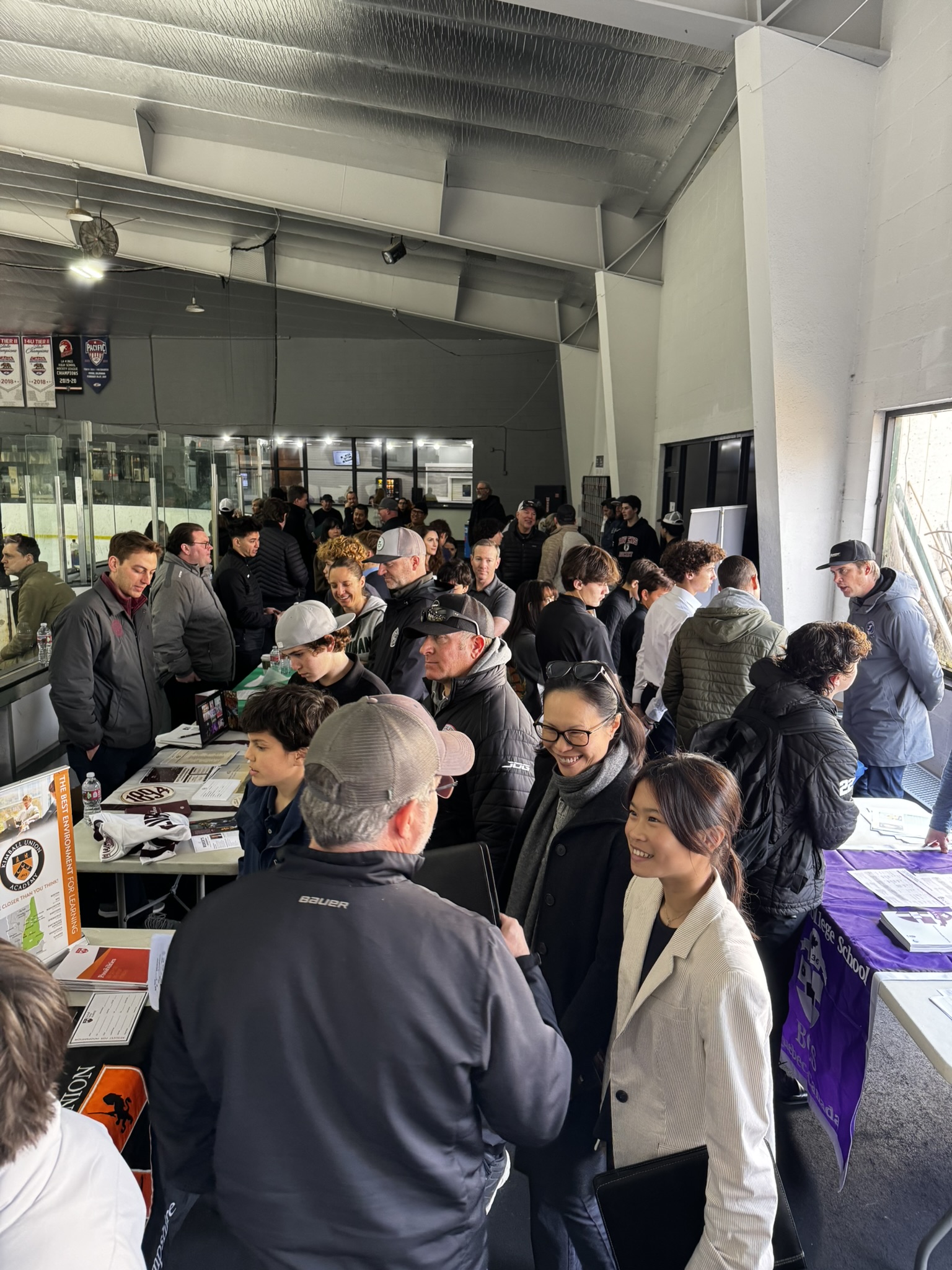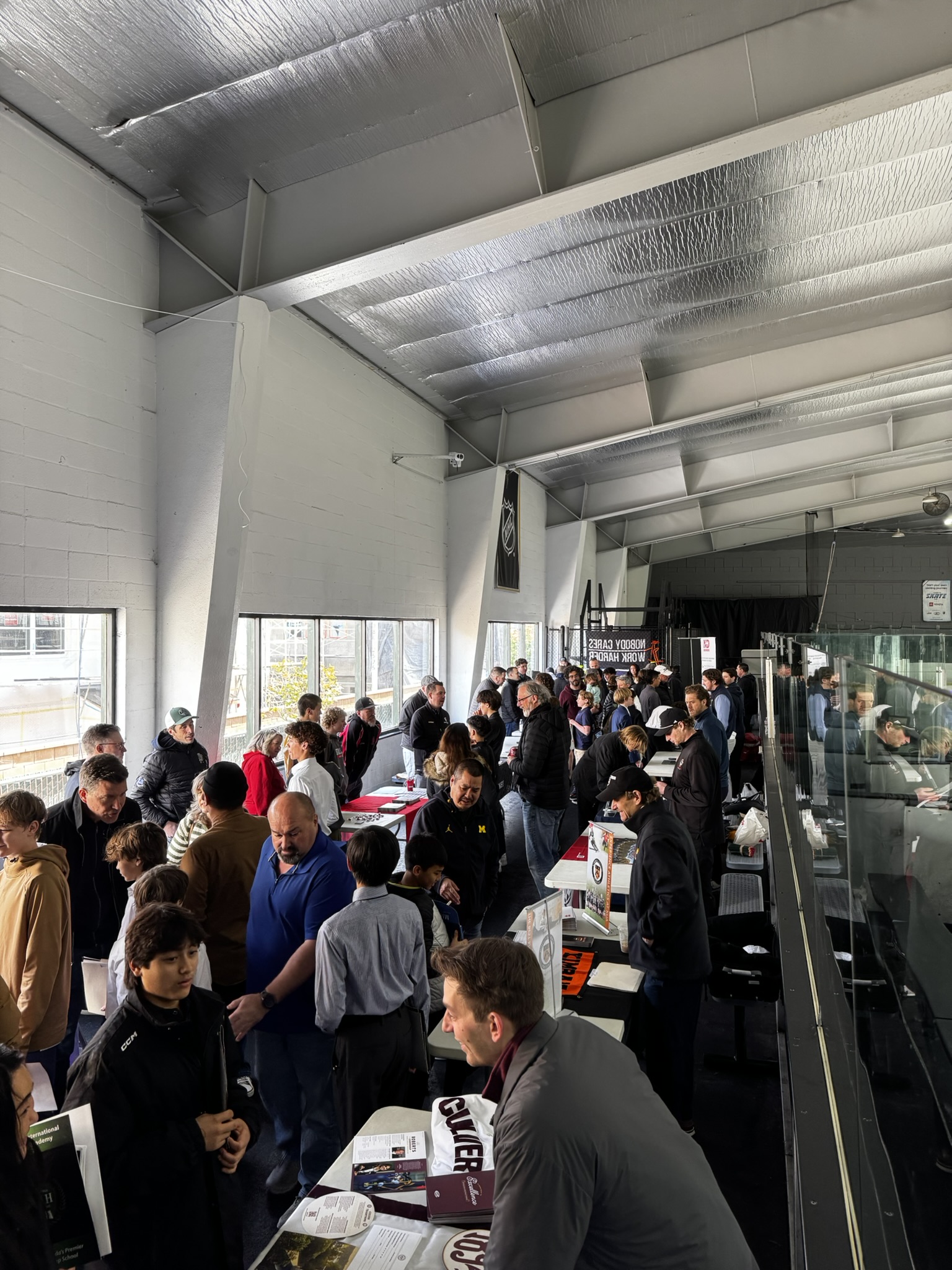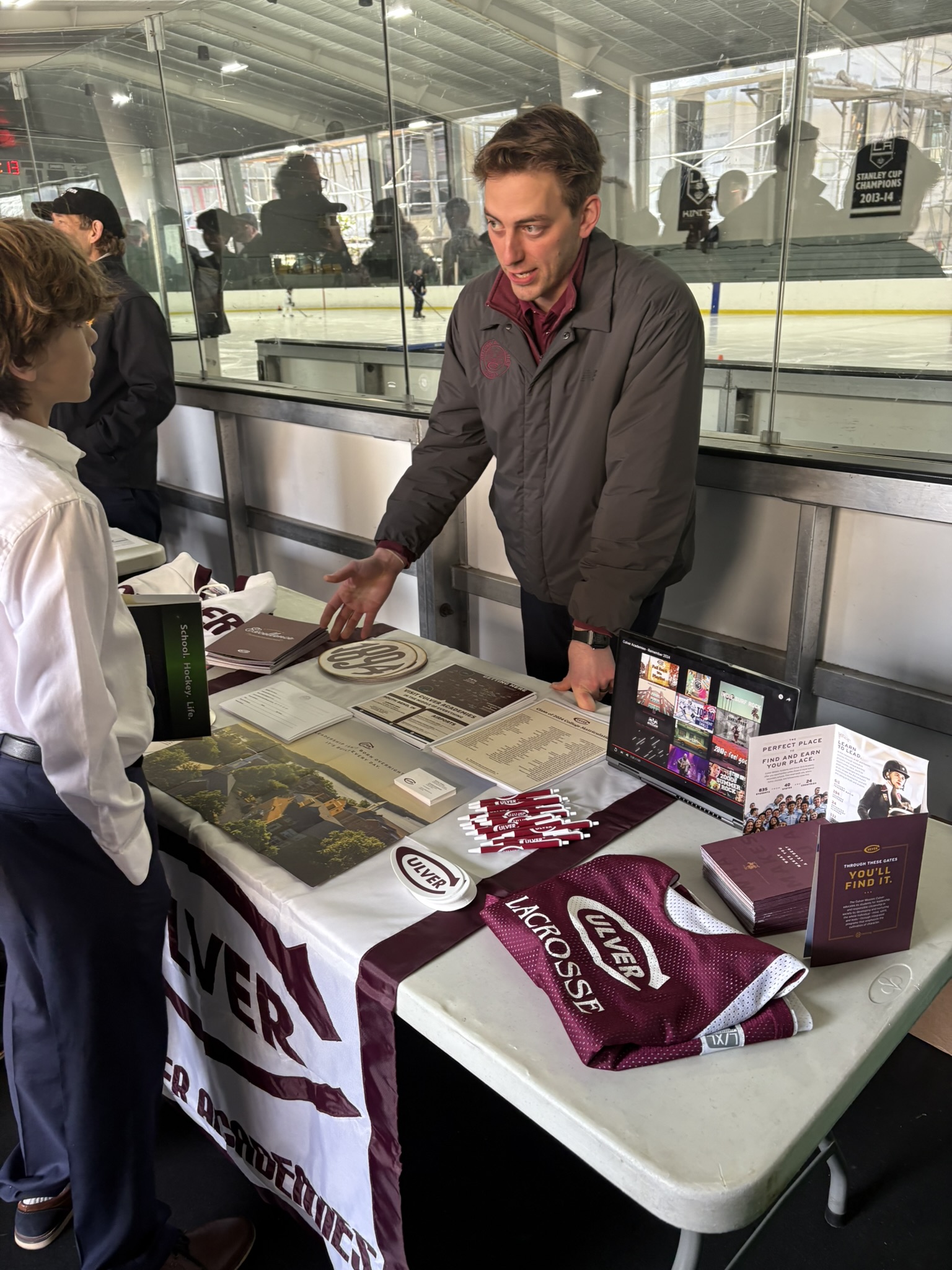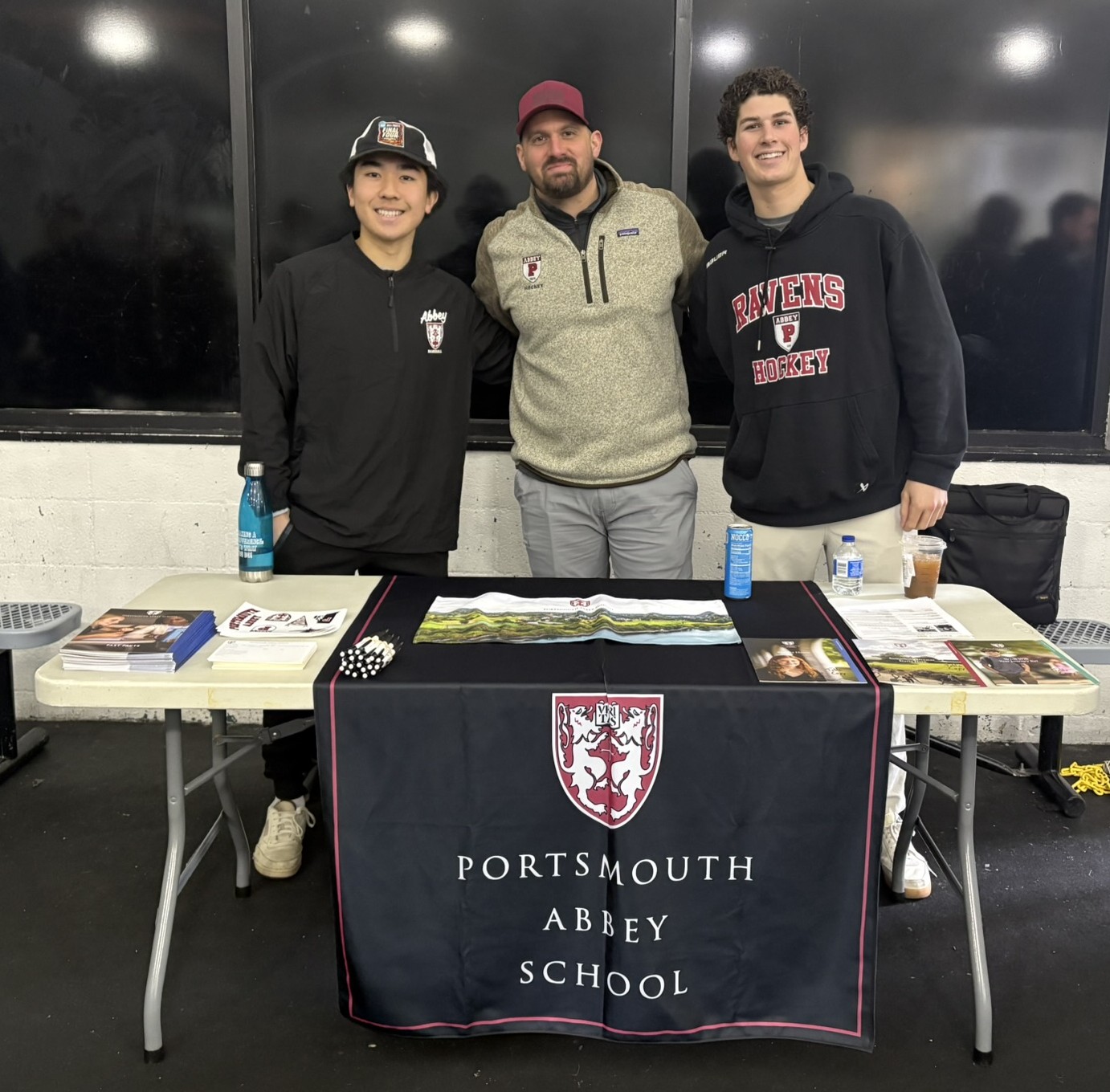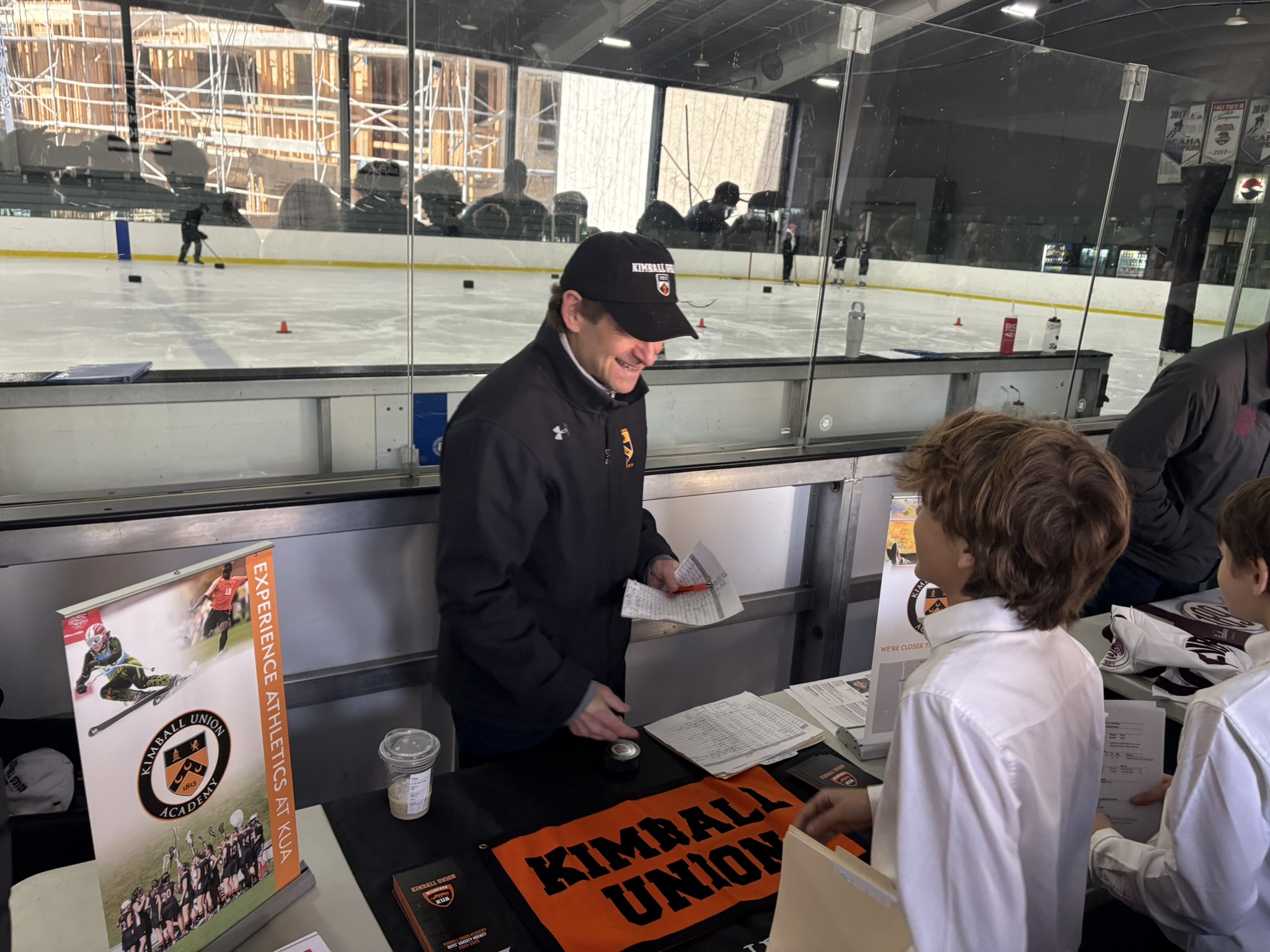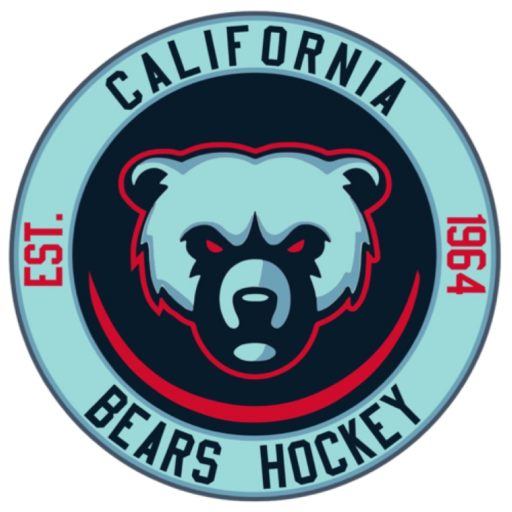| Ten Hours to Des Moines, Iowa…
By John Harrington
We’ve heard a lot from our alumni in the last nine issues and figured it was time to hear from a new perspective – the omnipresent Hockey Dad! But there are 1000’s of hockey dads, so how did we find the right one? Well, we used MyHockeyDadRanking. And based off of AGD, strength of schedule, and hours spent in car, we picked Bryan Aquino who’s been with the Bears since his son was Mite (Ok, maybe I made that up).
I’ve gotten to know Bryan over the last few years from the usual hockey dad hangouts; the Pickwick parking lot, behind the glass, and up in those spine numbing artic bleachers. Out of the legions of hockey dads that I know, Bryan is the most laid-back and go with the flow individual ever NOT to bang of the glass. His stoic disposition is very rare in the hockey world. Full of equanimity, I’ve never seen him rattled or fly of the rails. Ever.
Bryan was born in the Philippines and grew in up L.A. where he became a huge fan of the Kings. But at first, he had no idea what hockey was, or what he was even watching. He remember seeing these “humongous men” on TV, checking each other, and scoring goals. His first question was, “Are they really on ice?” Bryan skated a lot as a kid and loved the game. So, like any other regular hockey dad, and as soon as his son could walk, he had the dynamo on the ice at 3 years old. Bryan Jr. was instantly hooked. They soon found themselves at Pickwick and trying out for the Bears Mite A team – which didn’t turn out as planned. Bryan Jr. was cut from the team and relegated to the Mite B squad. This was the first bit of adversity for Bryan Jr, knowing that in order to make that team, he needed to practice more, and focus on getting better. As his dad recalled, “I told him that he wasn’t a good enough skater, yet, to make that Mite A team. And that’s when then fire was lit. When we played board games with our kids, we never let them win. They had to earn it. Same with hockey.”
Bryan Jr’s first coaches at the Bears were Coach Dominic, Dave Holliday, and the spry Justin Blazak. Not only did they teach him skill, but they also instilled a love for the game. They emphasized having fun, while at the same time extolling the virtues of accountability, effort, and attitude. These are virtues the Aquino family appreciates within their home. So, the Bears path was the perfect fit for Bryan Jr.
It was around this time that Bryan Jr’s new nickname was set in stone – Bajr (pronounced Badger). When I first heard about Bryan Jr, everybody around the rink was calling him Bajr (in my head I thought of a vicious “badger” stalking its prey). In fact, I only learned his real name a few months ago! Not knowing the genesis of this nickname, I thought the moniker was earned because of his intense and physical style of play (which is the politically correct way of saying that Bajr is known for pulverizing hits, terrorizing neutral zones, and invoking fear into hearts of his opponents). I thought the apropos nickname was carefully curated for his bruising reputation. That was not the case. Bryan Jr, as a little kid, would spell his own name as Bajr – short for Bryan Aquino Junior. When relatives saw this, they began calling him Bajr (which sounds an awful lot like “badger”) and thus a legend was born.
As his dad explains, “It's funny for us, because as a kid who's super soft, and you know that wasn't really a detriment to his character, we kind of enjoyed the fact that he was very kindhearted. Bajr didn’t like seeing people get hurt. And the thought of hurting other kids would be cringe for him. So, the irony set in for our family as we thought the nickname was kind of endearing. It kind of sounds like a “badger,” and he's not like that at all, so it kind of stuck. And I guess Bajr bought into when he became a Bantam (where checking is allowed and celebrated). Bajr became the vicious “Badger” on the ice. Meanwhile, as the nickname stuck among teammates, Bajr got better and better over the next few years as he made the cut on every team he tried out for within the Bear’s organization.
I asked Bryan if he really knew what he was getting into when Bajr first made the Mite B team, “I had no idea. They gave me a schedule and cost breakdown. And I thought it was insanity. But you kind of chip away and it becomes the norm, little by little. And then you realize, holy cow, I am full on that hockey dad. And it's a family effort. It's not just mom or dad, it takes the whole group for this sacrifice, with his sister, for scheduling everything to play at that level.”
As the letters increased and his squad attracted talented players from all over Southern California, Bajr found himself on the Bears Peewee AAA playing against some the top 2009 teams in the USA. At this point, Bryan was realistic about his son’s next steps as 14U Bantams was fast approaching. And that meant a lot more physicality and checking. “As I mentioned, Bajr is very kindhearted and always very gentle. And that's where my wife and I were kind of skeptical about this next step. He scored a lot of goals. He was a decent skater relative to other Peewees. But our marker was Bantams. Bajr is not by any means a large kid for his age, and we always thought that there's a physicality of hockey, along with the mental speed, which would deter some of his efforts. But this actually did the opposite.
Before his Bantam season, Bajr took checking clinics with Justin Blazak, and he implored to his parents, “That checking is another aspect of the game that I love.” And we never knew that he would take to hitting and the physicality of the game. That's the facet that actually drove him. And that was final piece for my wife and I – we thought he may find success with this sport.”
I asked Bryan how many teammates from Bajr’s Mite days still play? He said about three. It is a fact, not just in California, as the players get older, they drop out of hockey for many reasons; concentrate on another sport, cost, too much travel, driver’s license, hanging out with friends and/or girlfriend. But perhaps the number 1 reason; checking becomes legal at the Bantam level.
(Young Readers take note – it’s interesting (and inspiring for all you “smaller” players) that checking is the one thing that took Bajr to the next level. Despite his size, he made physicality a big part of his game. He embraced the big hits, separating pucks from wingers, and forcing centers to panic whenever they went into the corners. He used his perceived weakness (size) as his biggest strength, and coaches took note. This is really when his nickname took on a whole a new meaning.
As he dad remembers, “So, up until Bantam, he was not even a third liner. He liked the game, there was a lot of effort, but I don't think there was anything really phenomenal about his game that made him stand out. But it was that final piece of hitting that was always in question for us as parents. It was kind of the litmus test to see if he could find success in this game. Bantam was the start of that effort and love of the game.” When Bajr started making his was up the lines and seeing more ice time, more doors started to appear on the horizon. And as Peter Torsson once told the Aquinos, “Use hockey at a tool” to open those doors.
I asked Bryan, at what point did the prep school conversations start happening, “It took us awhile. We were actually not sure how far Bajr was going to take this, and we kind of went into in blindly. We had no idea where we could he take this. And he could have been 14U, played one season, and we would have been ok with it. He is a great student and that kept him motivated to get good grades. So, we realized through other families, through Peter Torsson, and Justin Dyke, that we could do so much more with his love for the sport. We started having conversation with other parents who had prep school experience. That was actually the kicker in helping us pave the road, having surrounded ourselves with all these Bears families who had experience, who loved the game, and to be involved in the development of these kids was just such a blessing.”
After a few of Bajr’s teammates left in 2023, he decided to give it one more year to decide his next steps. In September 2024, his mind was made up and he wanted to get the ball rolling. The deadline was approaching fast in January 2025, so they rushed through a bunch of applications. They listed their top five top schools, and Lawrenceville was Bajr’s number one choice based on advice from Peter Torsson and Justin Dyke. To sweeten the deal, one of Bajr’s teammates, Justin Blades, was already there. And with the help of Peter everything lined up for him to get accepted in the storied school. He will begin his prep school career in September 2025 with Lawrenceville. Bryan acknowledged the amazing families that help along the way, namely the Schumachers. Since 12U, Chris Schumacher documented the 2009 Bears through film, statistics, and highlights. Bajr was able to use this footage for coaches on the east coast to evaluate his level and progress. Every player on this team has access to Schumacher’s files and body of work to use in the recruiting process. (Somebody buy that man a beer!).
For many hockey families, the end comes swift. One moment “The Next Gretzky” is a Mite and we’re dreaming on them playing on the big sheet. Then all of a sudden, they’re driving themselves to practice. Traditionally, the Mite practices are full of parents, noses against the glass, analyzing every stride and touch of the puck their little ones make. As they get older and their hockey bag more foul, fewer and less parents show up. Then you get to Bantams, and the automatic lights at the rink will shut off because the occupancy detector senses that nobody is there. Yes, this actually happens!
I asked Bryan if could share any “hockey hacks” to the new parents who carry their kids while dragging their wheelie bag to practice -- if there’s anything they could learn from him, “Well hockey is a very expensive sport, and we parents are always buying our kids the best things. And we all want to give them the best stuff. But it should be more about developing them as young men, as hockey players, developing their skills. You don’t necessarily need all the best or most expensive things to make them a great hockey player. It’s about what you can teach them as a person, the lessons you can give them as life skills. And actually, the time you spend with them in those long car rides. We hockey parents spend hours and hours in our cars. Last year we got stranded in Dallas and had to make a USHL Camp in Des Moines, Iowa. There were no planes going out because of a storm. We ended up driving 10 hours and made the best of it. This was when Bryan Jr. was thinking about prep schools. And it was incredible getting to know each other on a level where it’s just me and him. And we are talking about life. Back home, there are no days when we’re just staring at each other for 10 hours. Instead of getting annoyed at the situation we made the best of it. And we talked about a lot of things. And those are some of the tools that helped develop him as a hockey player, the times we spent together. And, if anything every went wrong, we did a lot of self-reflection as a family. If things were not working out, we made sure Bryan Jr looked in the mirror first, before turning to me, his mom, or his sister. Last year he broke his collar bone, and after treating it, we ask the question, why did you break your collar bone? Did you put yourself in the wrong position? Could’ve you have done the wall pick-up a little better? A lot of parents may chalk it up as a freak accident. Did you prepare your body for the battle on the ice? Do you have the mobility and flexibility you need to play? And before the injury happened, were you mentally ready for this challenge before it even happened? These are the questions we ask before just chalking it up as a freak accident. So as far as hockey hacks: accountability, time in the car, developing life skills, and self-reflection. Self-reflection is a tool that they will use the rest of their life. And when life throws stuff at you, and you learn to cope at a very young age, it won’t be so devasting when your 25 and you’re told you didn’t get the job because your interview was not so good. And young hockey players can learn this from you early in life, in the car, at practice or during the game.
Accountability
Time in the car
Developing life skill
Self-Reflection |
